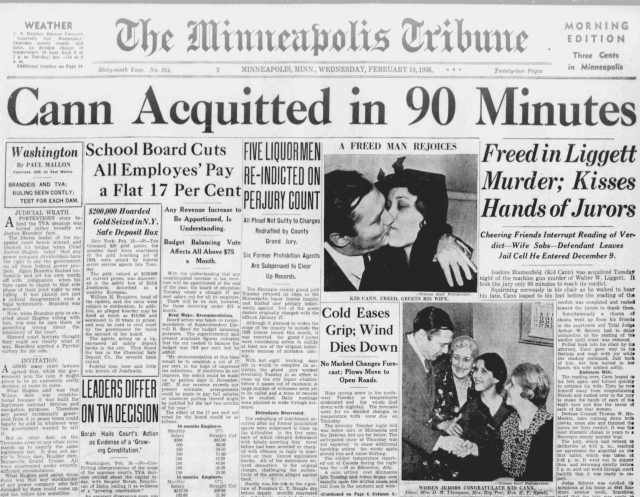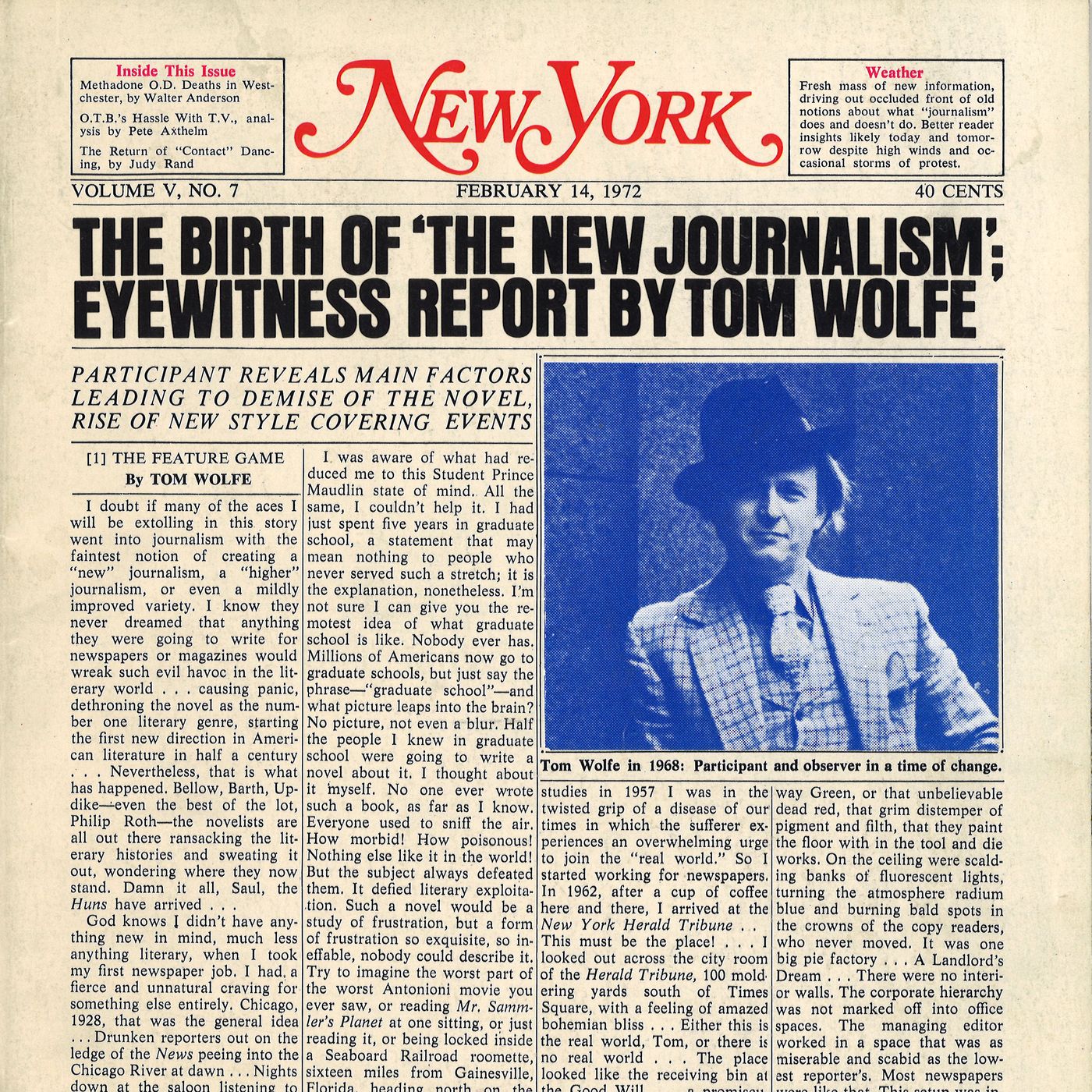The 4-Minute Rule for News Articles
The 4-Minute Rule for News Articles
Blog Article
The Facts About News Articles Uncovered
Table of ContentsNews Articles Things To Know Before You Get ThisThe smart Trick of News Articles That Nobody is DiscussingExamine This Report about News ArticlesFascination About News ArticlesFascination About News Articles
Good knowledge of different topics gives pupils an affordable edge over their peers. Although digital and social networks are easily accessible, we must not forget just how vital it is to review the papers. Parents have to try and instill the practice of reviewing a paper as a day-to-day routine to proceed the legacy of the revered print tool.News tales additionally include a minimum of one of the following essential features about the designated target market: proximity, importance, timeliness, human rate of interest, strangeness, or consequence. The associated term journalese is often made use of, normally pejoratively, to describe news-style writing. Another is headlinese. Newspapers normally stick to an expository writing design.
Within these limits, information tales likewise aim to be extensive. Among the bigger and a lot more highly regarded newspapers, justness and equilibrium is a major element in presenting information.
Papers with a worldwide audience, for instance, tend to make use of a much more official design of composing. News Articles.; usual style guides consist of the and the US Information Style Publication.
4 Easy Facts About News Articles Described
As a rule, journalists will not make use of a lengthy word when a short one will do. They use subject-verb-object construction and vibrant, active prose (see Grammar). They use narratives, examples and allegories, and they hardly ever rely on generalizations or abstract concepts. News authors attempt to prevent making use of the very same word more than when in a paragraph (often called an "resemble" or "word mirror").
However, headlines in some cases omit the topic (e.g., "Leaps From Watercraft, Catches in Wheel") or verb (e.g., "Cat female fortunate"). A subhead (additionally subhed, sub-headline, subheading, caption, deck or dek) can be either a subservient title under the primary headline, or the heading of a subsection of the post. It is a heading that precedes the major message, or a group of paragraphs of the major message.

Added signboards of any of these kinds may show up later in the write-up (particularly on subsequent web pages) to entice further analysis. Such billboards are additionally utilized as pointers to the write-up in other areas of the publication or website, or as ads for the piece in various other publication or websites. Common framework with title, lead paragraph More Info (summary in vibrant), other paragraphs (information) and contact information.

Instance of a hard-lead paragraph NASA is recommending an additional area job. The company's budget request, announced today, consisted of a strategy to send out one more mission to the Moon. This time the company wishes to develop a long-term facility as a jumping-off place for various other space adventures. More about the author The budget requests approximately $10 billion for the task.
The NASA statement came as the agency requested $10 billion of appropriations for the task. An "off-lead" is the 2nd essential front page information of the day. The off-lead shows up either in the top left corner, or straight below the lead on the right. To "hide the lead" is to start the write-up with history information or information of additional relevance to the viewers, requiring them to read even more deeply into a post than they must have to in order to find the important factors.
Fascination About News Articles
Typical use is that or more sentences each form their own paragraph. Reporters generally describe the organization or structure of a newspaper article as an inverted pyramid. The necessary and most intriguing aspects of a story are put at the beginning, with supporting info following in order of reducing significance.
It enables individuals to discover a subject to only the deepness that their inquisitiveness takes them, and without the charge of information or nuances that they can pop over here consider unimportant, however still making that info offered to a lot more interested visitors. The inverted pyramid structure likewise allows posts to be cut to any kind of approximate size during design, to fit in the area available.
Some writers start their stories with the "1-2-3 lead", yet there are several kinds of lead offered. A kicker can refer to multiple points: The last tale in the news program; a "delighted" tale to finish the show.
Longer short articles, such as publication cover posts and the items that lead the within sections of a paper, are called. Feature tales vary from straight news in numerous methods. Foremost is the absence of a straight-news lead, most of the time. As opposed to providing the significance of a tale up front, feature writers may attempt to draw viewers in.
Not known Facts About News Articles
The journalist usually details communications with interview subjects, making the piece extra personal. An attribute's initial paragraphs frequently associate an appealing minute or event, as in an "anecdotal lead". From the particulars of an individual or episode, its sight promptly expands to generalizations about the story's subject. The section that signifies what a feature has to do with is called the or billboard.

The Editor's Toolbox: A Reference Overview for Beginners and Professionals (2001) Allan M. Siegal and William G. Connolly. The New York Times Guidebook of Style and Use: The Official Style Guide Utilized by the Writers and Editors of the Globe's A lot of Authoritative Newspaper (2002) M. L. Stein, Susan Paterno, and R.
Report this page